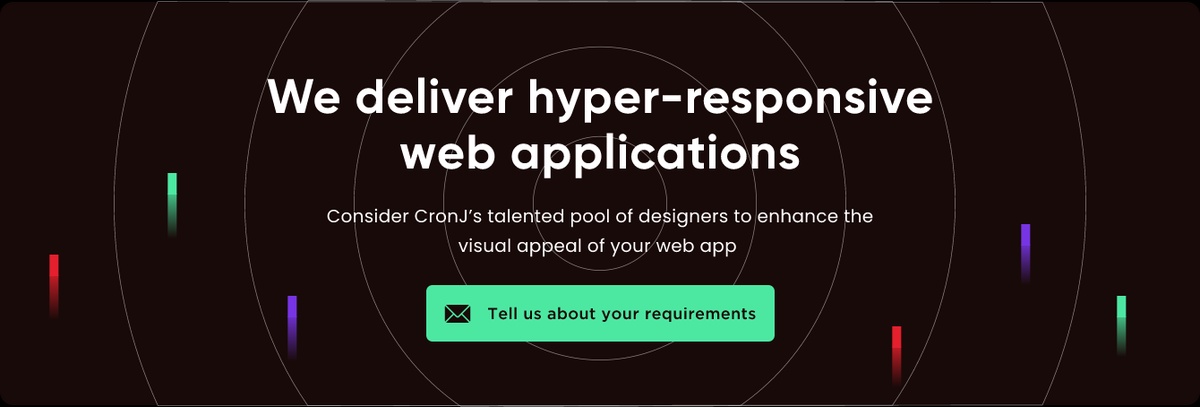Introduction:
Web development has become an integral part of our digital lives, and staying updated with the latest web development stacks is crucial for developers. A web development stack refers to a combination of programming languages, frameworks, and tools that are used to build and deploy web applications. In 2022, several web development stacks have gained prominence, providing developers with a wide range of choices to create robust and efficient web applications. In this article, we will explore the top web development stacks that you must know about in 2022.
MERN Stack:
The MERN stack, which stands for MongoDB, Express.js, React.js, and Node.js, has gained immense popularity in recent years. MongoDB is a NoSQL database that offers flexibility and scalability, while Express.js provides a robust framework for building web applications on the server-side. React.js, a JavaScript library, enables developers to create interactive user interfaces, and Node.js allows for server-side JavaScript execution. The MERN stack is widely used for building dynamic and scalable web applications.
MEAN Stack:
Similar to the MERN stack, the MEAN stack is another popular choice for web development. It consists of MongoDB, Express.js, AngularJS, and Node.js. MongoDB serves as the database, Express.js handles server-side operations, AngularJS is used for frontend development, and Node.js enables server-side JavaScript execution. The MEAN stack is known for its versatility and is ideal for developing real-time applications and single-page applications (SPAs).
LAMP Stack:
The LAMP stack has been a staple in web development for many years and continues to be widely used. LAMP stands for Linux, Apache, MySQL, and PHP/Python/Perl. Linux serves as the operating system, Apache is the web server, MySQL is the database management system, and PHP/Python/Perl are scripting languages used for server-side programming. The LAMP stack offers a cost-effective solution for building dynamic websites and is compatible with various Content Management Systems (CMS) such as WordPress and Drupal.
The MEVN stack is a variation of the MERN stack with the only difference being the use of Vue.js instead of React.js. Vue.js is a progressive JavaScript framework that allows for the creation of dynamic user interfaces. The MEVN stack offers developers a modern and flexible choice for building scalable web applications. Vue.js has gained popularity due to its simplicity and ease of integration with existing projects.
Django Stack:
Django is a high-level Python web framework known for its simplicity and scalability. The Django stack consists of Django, Python, SQLite/MySQL/PostgreSQL, and a frontend framework such as React or Vue.js. Django provides an excellent set of tools and libraries for rapid web development, making it a preferred choice for developers who prefer the Python language. The Django stack is suitable for building complex web applications with a clean and maintainable codebase.
Ruby on Rails Stack:
Ruby on Rails, often referred to as Rails, is a popular web development framework written in Ruby. The Rails stack includes Ruby, SQLite/MySQL/PostgreSQL, and a frontend framework like React or Vue.js. Ruby on Rails follows the convention over configuration principle, allowing developers to focus on application logic rather than spending time on repetitive tasks. Rails is known for its emphasis on code readability and developer productivity.
Angular + .NET Stack:
The combination of Angular and .NET provides a powerful stack for web application development. Angular is a widely used frontend framework developed by Google, while .NET is a robust and versatile framework developed by Microsoft. The Angular + .NET stack offers a seamless integration between the frontend and backend, allowing developers to build scalable and high-performing web applications with ease. Angular provides a comprehensive set of tools for building dynamic and interactive user interfaces, while .NET offers a robust backend framework for server-side development.
Flask Stack:
Flask is a lightweight and flexible Python web framework that is gaining popularity among developers. The Flask stack consists of Flask, Python, SQLite/MySQL/PostgreSQL, and a frontend framework of choice. Flask follows a minimalistic approach, allowing developers to have greater control over their web applications. It is well-suited for small to medium-sized projects and promotes simplicity and readability in code.
Java Spring Stack:
Java Spring is a powerful and widely used framework for building enterprise-level web applications. The Java Spring stack includes Spring, Java, MySQL/PostgreSQL/Oracle, and a frontend framework as needed. Spring provides a comprehensive ecosystem for Java development, offering features such as dependency injection, data access, security, and more. It is highly scalable and widely adopted in large-scale enterprise applications.
Serverless architecture has gained significant traction in recent years due to its scalability and cost-effectiveness. The Serverless stack involves leveraging cloud services like AWS Lambda, Azure Functions, or Google Cloud Functions, along with frontend frameworks like React or Vue.js. With serverless, developers can focus on writing application logic without worrying about server management. It offers automatic scaling and cost optimization, making it ideal for microservices and event-driven architectures.
Conclusion:
Staying up-to-date with the latest web development stacks is essential for developers to build modern and efficient web applications. The stacks mentioned above, including MERN, MEAN, LAMP, MEVN, Django, Ruby on Rails, Angular + .NET, Flask, Java Spring, and Serverless, represent a diverse range of options catering to different preferences, project requirements, and programming languages.
In 2022, developers should consider factors such as scalability, performance, ease of use, community support, and future prospects when choosing a web development stack. It is also worth noting that the technology landscape is ever-evolving, and new stacks may emerge or gain popularity over time. Therefore, continuous learning and adaptation are key for developers to stay ahead in the rapidly evolving field of web development.


No comments yet